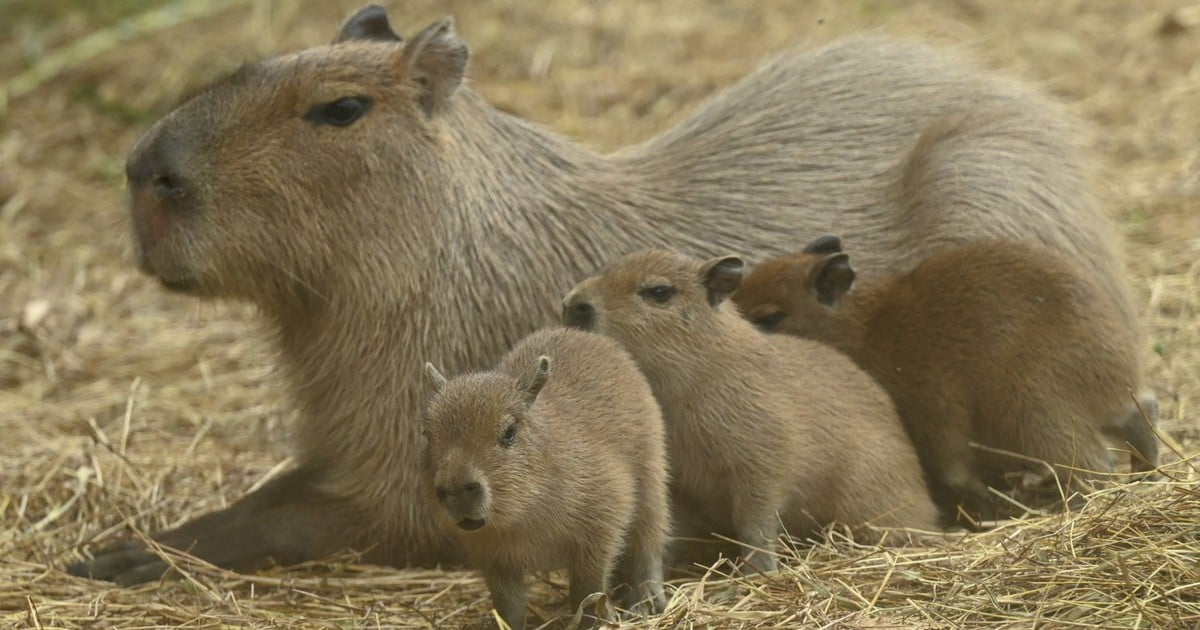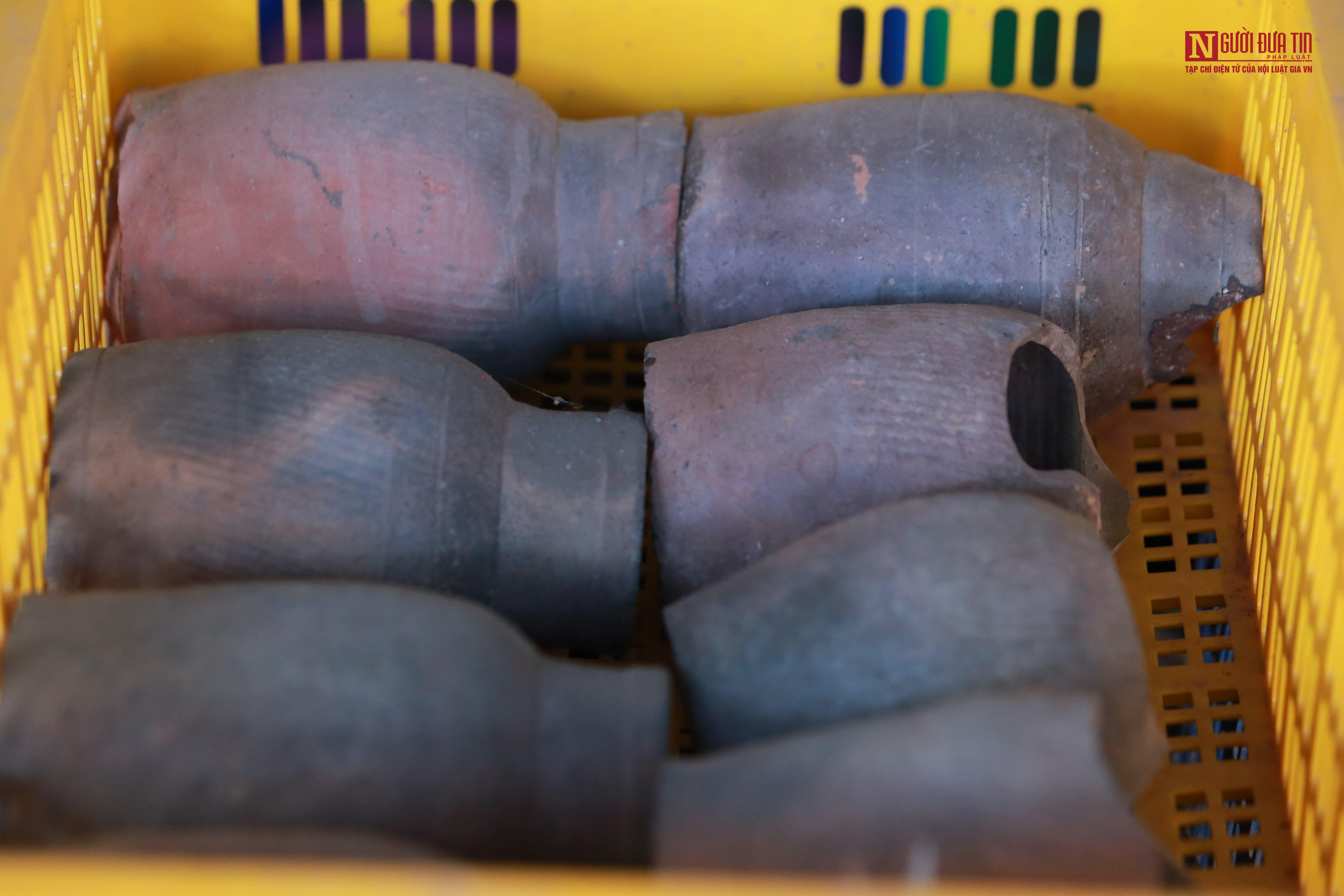From December to March every year, the weather in this landlocked country often becomes harsh when temperatures drop to minus 50 degrees Celsius in some areas.
This winter has been even harsher, with temperatures lower than normal and heavy snowfall.
Gantulga Batsaikhan, from the Ministry of Agriculture of Mongolia, said that as of February 26, 2.1 million livestock had died of starvation and exhaustion. Meanwhile, official statistics at the end of 2023 showed that Mongolia had 64.7 million animals including sheep, goats, horses and cows.
In Mongolia, harsh winter weather is known as “dzud” and often leads to the death of large numbers of livestock.
Climate change is increasing the frequency and intensity of dzuds, the United Nations says. Mongolia has experienced six dzuds in the past decade.
The 2024 drought was exacerbated by summer drought, which left animals unable to store enough fat to survive the harsh winter.
"Winter started with heavy snowfall but suddenly the air temperature rose and the snow melted. Then the temperature dropped again, turning the melted snow into ice," Tuvshinbayar Byambaa, a herder, told AFP .
The ice makes it difficult for cattle to get to the grass below, leaving many ranchers unable to graze their animals and having to borrow money to buy feed.
Mongolia recently raised its disaster alert level to high due to the harsh winter and damage to its livestock industry. Boosting livestock farming is seen as the most viable way to diversify the country's mining-dependent economy.
Minh Hoa (according to Ho Chi Minh City Women's Newspaper, Tin Tuc Newspaper)
Source
































































Comment (0)